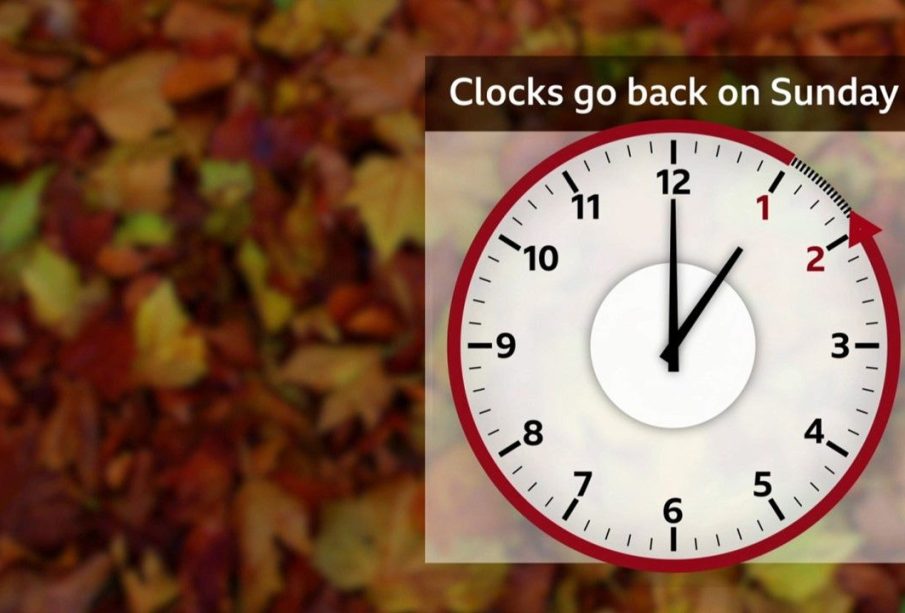The Significance of the Clocks Going Back

Understanding the Clocks Going Back
The biannual tradition of clocks going back occurs in the UK at 2:00 AM on the last Sunday in October, marking the end of British Summer Time (BST) and the return to Greenwich Mean Time (GMT). This transition is significant, not only in terms of timekeeping but also in its impact on daily life, energy consumption, and public health.
Historical Context
The practice of changing the clocks dates back to the early 20th century, initially proposed by Benjamin Franklin in 1784 but implemented during World War I to conserve fuel. The UK formally adopted Daylight Saving Time in 1916. The primary intention was to make better use of daylight and reduce energy costs, and over the years, many countries have followed this practice.
The Current Impact of Clocks Going Back
As the clocks revert to their standard time, UK residents can expect changes in their daily routines. Sunset will occur earlier, which may impact evening activities and mood. Studies suggest that this transition can lead to an increase in seasonal affective disorder (SAD) due to reduced sunlight, prompting mental health professionals to recommend outdoor activities during daylight hours.
Economically, while there is evidence that Daylight Saving Time reduces energy consumption, the actual savings can vary. A 2021 study by the UK government indicated negligible savings in some years due to modern habits like increased evening lighting from electric devices.
Safety and Health Considerations
With the changing of the clocks, public safety agencies often warn about an increase in road accidents that occur immediately after the adjustment due to changes in drivers’ visibility and alertness. Moreover, studies suggest that the disruption to sleep patterns caused by the time change may have a temporary negative effect on health, including increased incidence of heart attacks shortly after the shift.
Conclusion: Looking Ahead
As the UK prepares for the clocks to go back, residents are reminded to plan for both the benefits and challenges associated with this change. With discussions around abolishing Daylight Saving Time gaining traction, the ongoing debate raises questions about the future of timekeeping in the UK. Until then, embracing this twice-yearly adjustment remains a part of life and a signal of the changing seasons.









